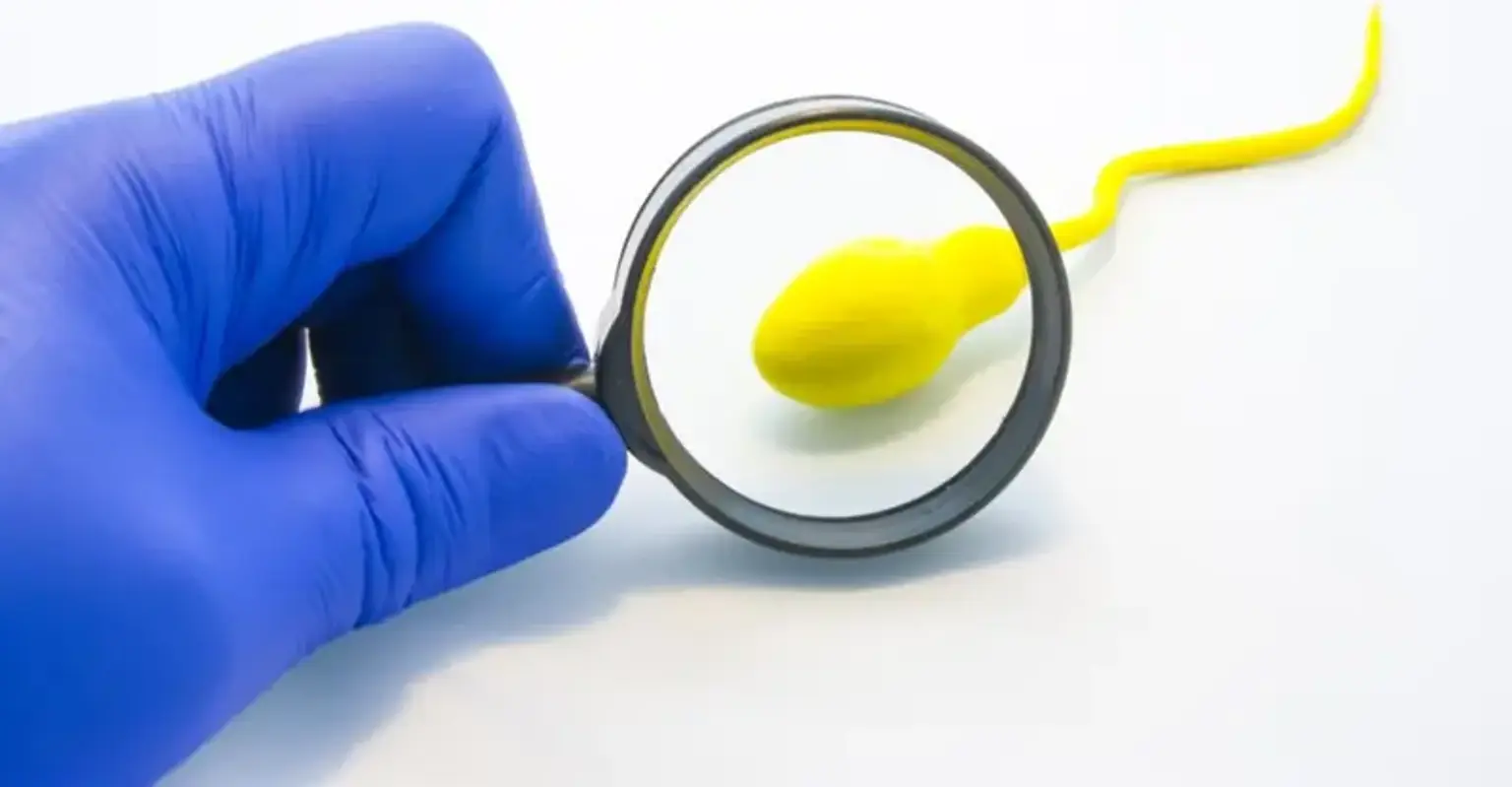Micro TESE (1 Testicle)
Overview
MicroTESE (microscopic testicular sperm extraction) is a process that extracts sperm straight from a man's reproductive system's testicular tissue. If a man is unable to produce or release enough quality sperm on his own, this medical treatment may be prescribed for reproductive concerns. The testicular tissue is present in the two testes, which produce sperm. The testes are located inside the scrotum, which is a tiny sac behind and under the penis.
The goals of the microTESE procedure are to obtain the best quality sperm, get enough sperm to fertilize an egg from a woman & minimize damage to the reproductive organs.
